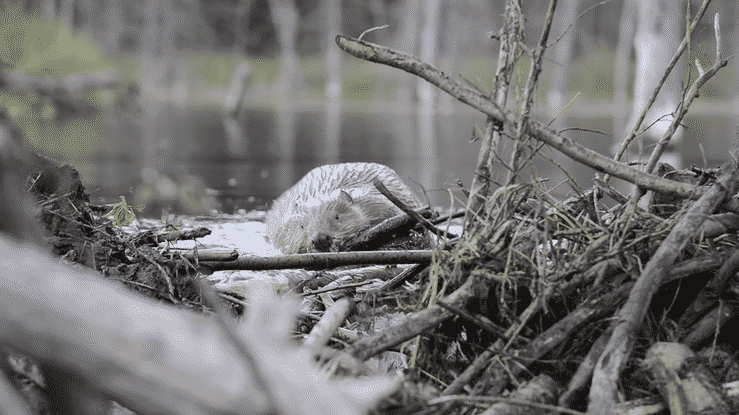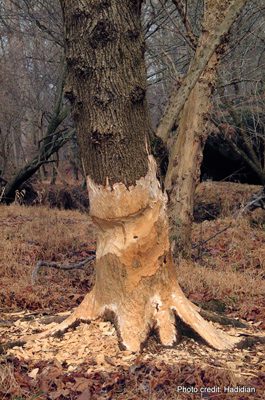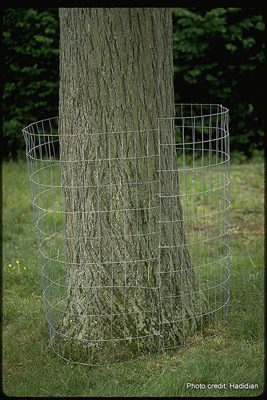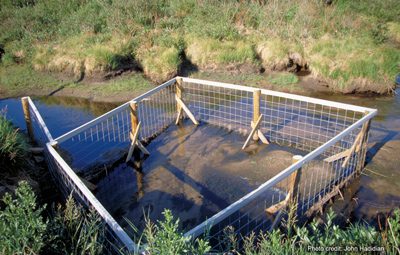
Feb 20, 2024 Beaver: Nature’s Ecosystem Rewilders
In 1700, so many beaver pelts were stored in Montreal warehouses that they threatened to glut the market, something that traders had already experienced in previous years. So, fearing that prices in Europe would crash, orders were given to pile up and burn fully three-quarters of them, triggering the supply and demand maxim to ensure prices remained high.[1] By this time, what beaver biologist Glynis Hood has called a “mammalian gold rush” had been underway for almost a century. It would continue for nearly two more, reducing an estimated 50 to 400 million beavers in North America before European colonization to little more than scattered remnants.[2] Beginning with the first trading post in 1598 on Sable Island, the pursuit of Castor canadensis followed a pattern of exploitation of wildlife species deemed commercial, consumptive, or even political importance to a growing, expansionist America.
By the turn of the twentieth century, silk replaced fur in hat-making, beaver wetlands had been drained and purposed for agriculture, and beaver themselves had become so rare that they were essentially reduced to being curiosities. Beaver studies, exemplified by the work of scholars such as Lewis Henry Morgan, were reduced to the archaeological examination of the beaver works – dams, lodges, and canals – that remained on the landscape where beaver themselves were no more. Today, the American beaver is in recovery, their numbers climbing as they begin to reoccupy places where they formerly abounded. As they do so, they create wetlands and produce habitats for an array of other species in a manner that aligns well with our contemporary environmental values and interests. As research increasingly shows, they provide ecosystem services – not a term to be found in the lexicon of the Coureur des Bois.
 Recovery has been slow in places, sometimes even impeded by wildlife and conservation interests with different agendas. Numbers have climbed to an estimated 12 to 15 million (again, roughly applied), and the streams and their tributaries that once were full are being reoccupied. This recovery is a good thing where water impoundment is needed (as in the West) and a bad thing when impoundments come against human infrastructure (as, often, in cities and towns). Roads and trails, crop fields, trees in or flanking streams, sewers paralleling them, and yards with lawns mowed to the water’s edge are all highly sensitive to beaver activities. Flooding typically raises calls for the removal of offending animals and their work. Dams are blown apart with dynamite or removed with backhoes, and the animals are trapped or shot. When taken in the winter, there is still a market for prime furs and money to be made, adding value to removal, as some will argue.
Recovery has been slow in places, sometimes even impeded by wildlife and conservation interests with different agendas. Numbers have climbed to an estimated 12 to 15 million (again, roughly applied), and the streams and their tributaries that once were full are being reoccupied. This recovery is a good thing where water impoundment is needed (as in the West) and a bad thing when impoundments come against human infrastructure (as, often, in cities and towns). Roads and trails, crop fields, trees in or flanking streams, sewers paralleling them, and yards with lawns mowed to the water’s edge are all highly sensitive to beaver activities. Flooding typically raises calls for the removal of offending animals and their work. Dams are blown apart with dynamite or removed with backhoes, and the animals are trapped or shot. When taken in the winter, there is still a market for prime furs and money to be made, adding value to removal, as some will argue.
Wouldn’t it be nice, many now say, if the problems we sometimes have with beaver could be resolved while leaving them in place? These animals are not like the deer who roam freely throughout the heterogeneous landscape of fields, woods, and wetlands. Instead, beaver are mainly tied to standing bodies of water and their floodplains, except for occasional forays into uplands to remove trees. Perhaps this restriction can mitigate conflicts, especially as we confront climate change and increasingly realize that we ought to stay out of floodplains in the first place. Could there be a win/win scenario here?
 Wrapping valued trees with heavy gauge mesh can protect some while yielding others to beavers can encourage sprouting and shrubby growth along streams that are perfect nesting habitat for many birds, including some endangered ones. What we call “flow devices” are becoming widely used after years of experimentation with different designs. These keep beavers from blocking choke points, such as road culverts, while leaving beavers on the landscape to create wetlands and the biodiversity and ecosystem services we now recognize that wetlands supply. The beaver recovery and resulting impact is the sort of ‘design with nature’ that Ian McHarg foresaw in the 1960s – realizing and capitalizing on the potential of working with the natural environment rather than against it.
Wrapping valued trees with heavy gauge mesh can protect some while yielding others to beavers can encourage sprouting and shrubby growth along streams that are perfect nesting habitat for many birds, including some endangered ones. What we call “flow devices” are becoming widely used after years of experimentation with different designs. These keep beavers from blocking choke points, such as road culverts, while leaving beavers on the landscape to create wetlands and the biodiversity and ecosystem services we now recognize that wetlands supply. The beaver recovery and resulting impact is the sort of ‘design with nature’ that Ian McHarg foresaw in the 1960s – realizing and capitalizing on the potential of working with the natural environment rather than against it.

However, a paradox for those interested in the welfare of beaver remains. Beaver young disperse from their natal lodges, typically in their second year, seeking places to find mates and establish colonies. Such places may not exist in the urbanized landscape, dooming each generation to inevitable failure. Knowing this, do we manage water on the landscape to allow beaver colonies to thrive or prevent them from being established in the first place, as we easily can? How much do we intervene to micromanage the habitat for these animals on public and private lands? As they return and populations grow, these and other questions about sharing the land with them will arise. Hopefully, a new praxis for dealing with our wild neighbors’ welfare and conservation will also occur.
Beaver restoration is also a contentious issue in Europe and Great Britain. For example, in Scotland, farmers are unsure about the ecosystem services provided by beavers who were driven to extinction 400 years ago. The release of four beavers in the Cairngorms National Park in Scotland prompted protests by farmers and a public defense of beavers (called “iconic animals”) by Scotland’s Biodiversity Minister, Lorna Slater. As Philip Lymbery, CEO of Compassion in World Farming, notes, “the resurgence of nature-friendly practices across the countryside …is not…[something].. that should keep us awake at night ..[but is a practice] ..that should reassure us that the world is returning to how it should be.”
[1] As reported by Horace Martin in his book Castorologia (1892:110). He also noted that with their displacement of the Dutch in 1664 and entry into competition for the fur trade, the English forced the French to establish grades for skins and set fixed prices. For various reasons, this did not stop the flow of pelts taken from animals in the summer, when they were of no commercial value, just left them to lie in warehouses until “eaten by moths”.
[2] Earnest Thompson Seton estimated pre-settlement beaver numbers as 60 to 400 million, an oft-repeated figure that Muller-Schwartz and Sun (2003) revised to 50 to 90 million. Both are rough estimates.


